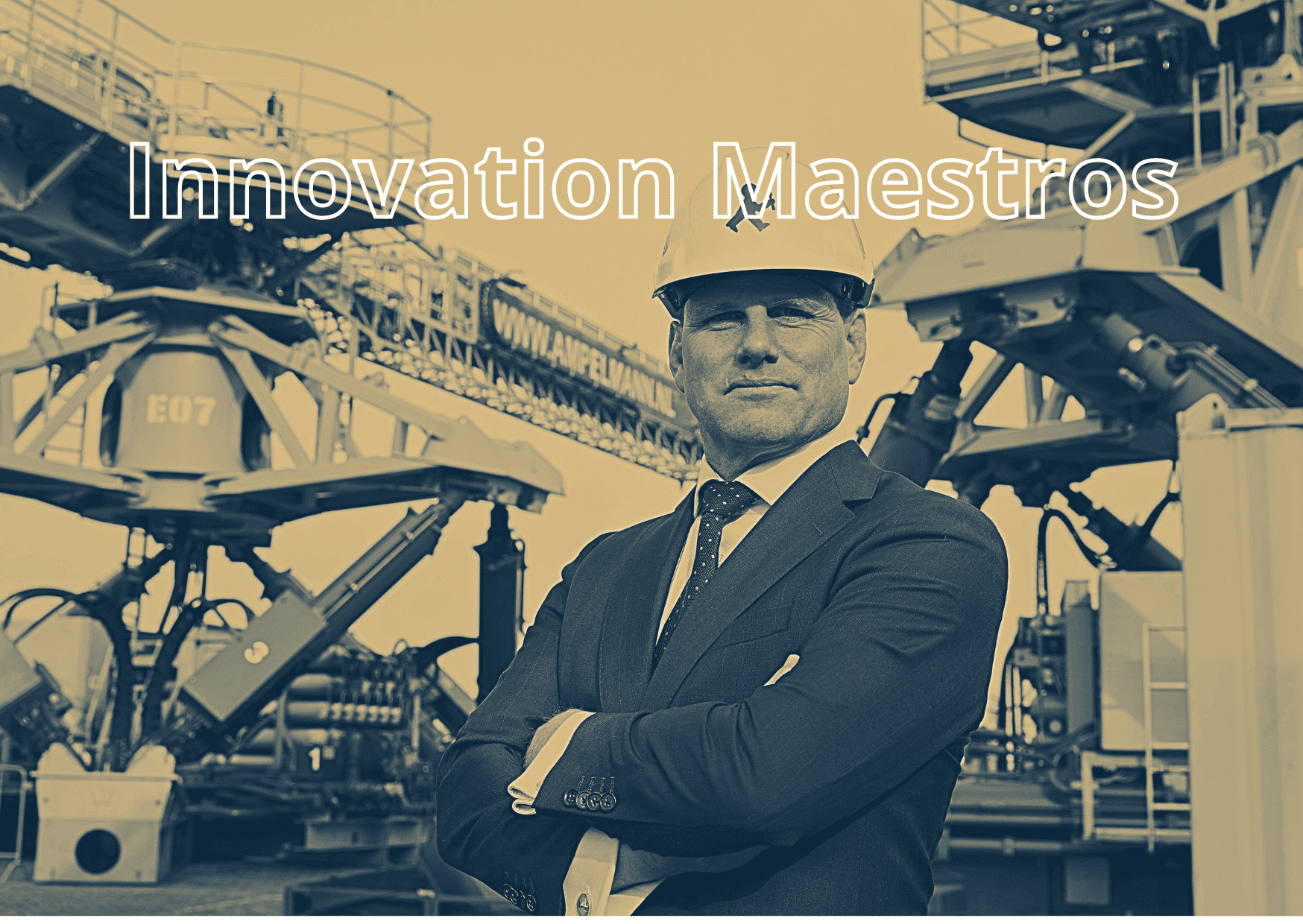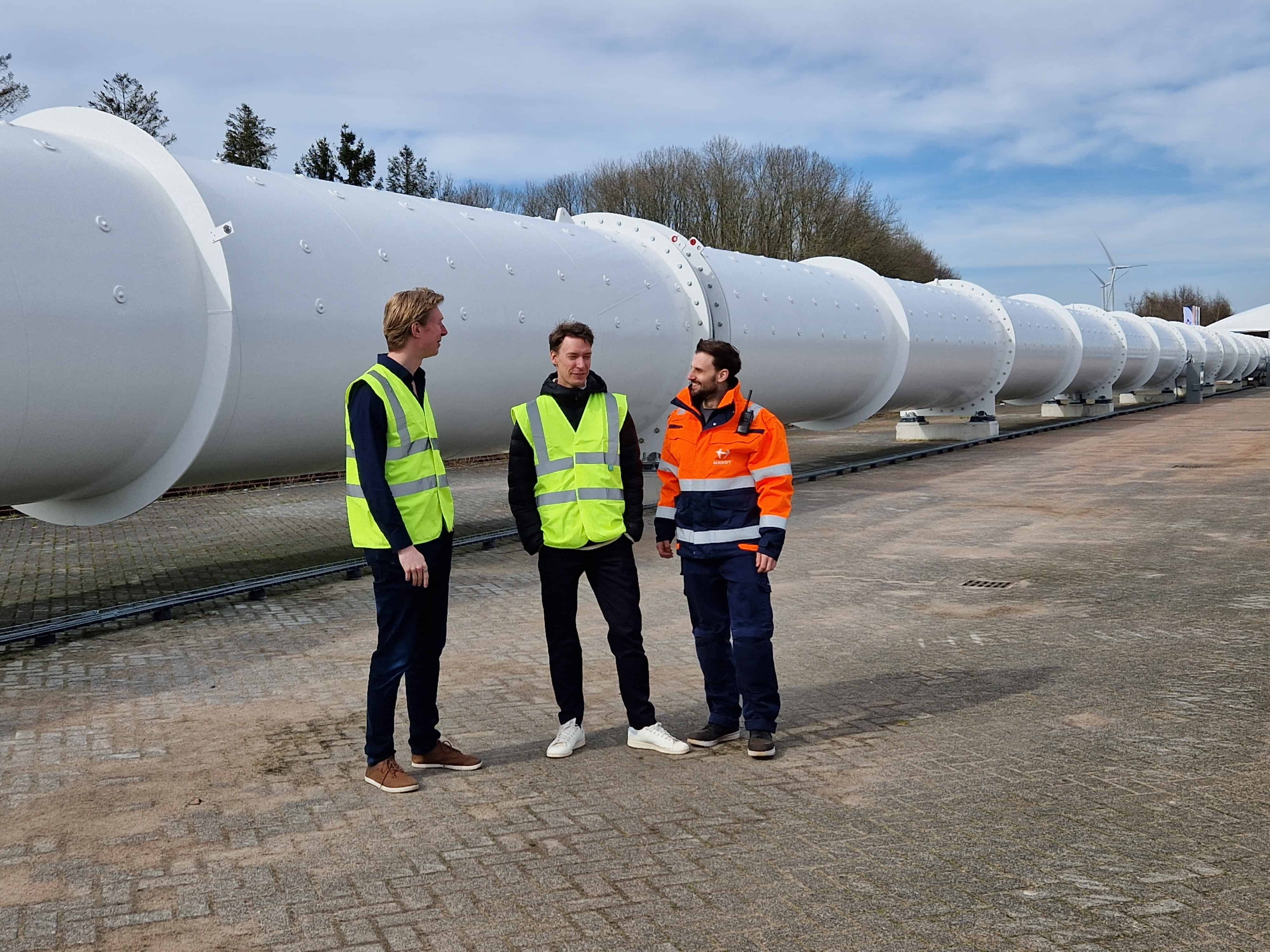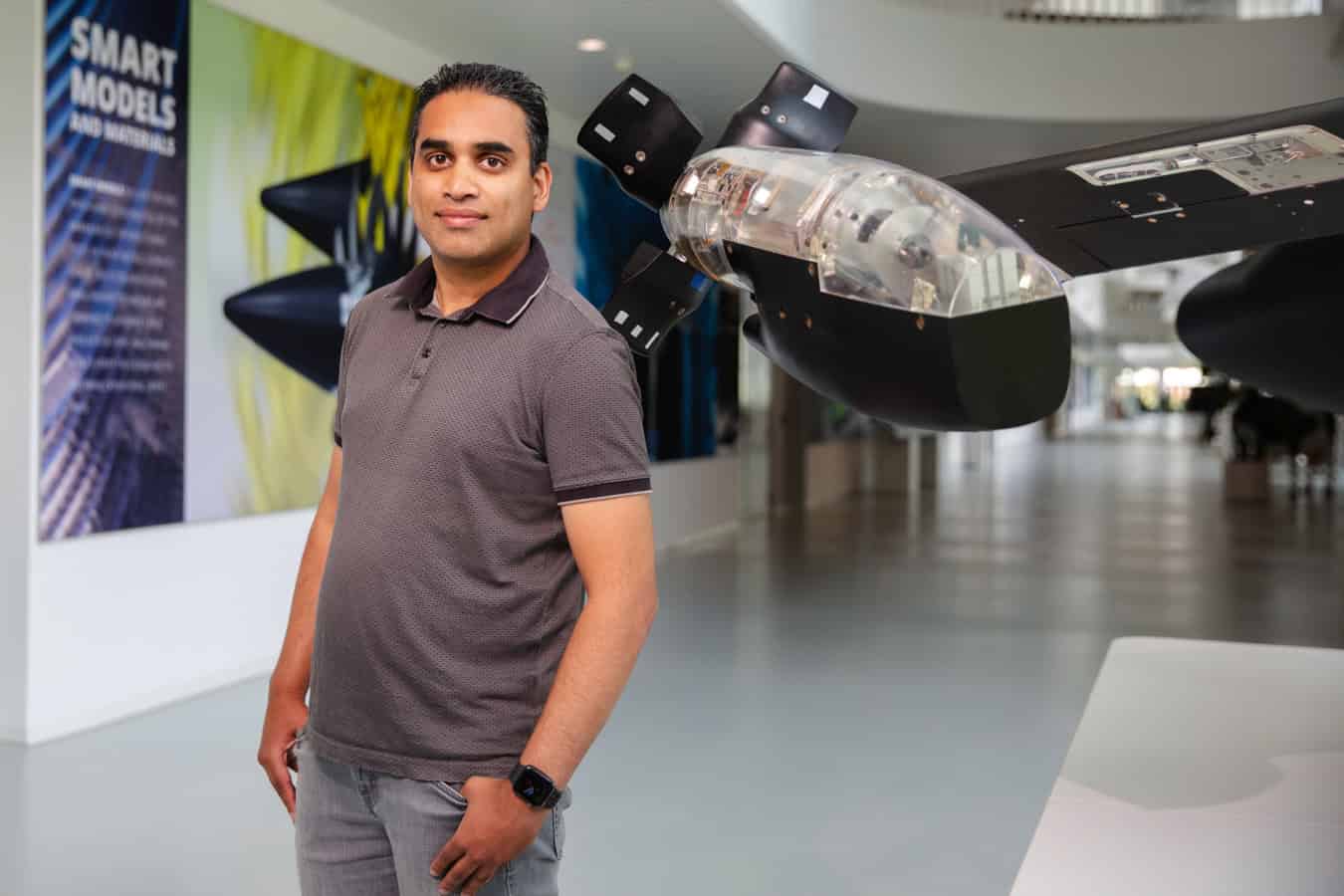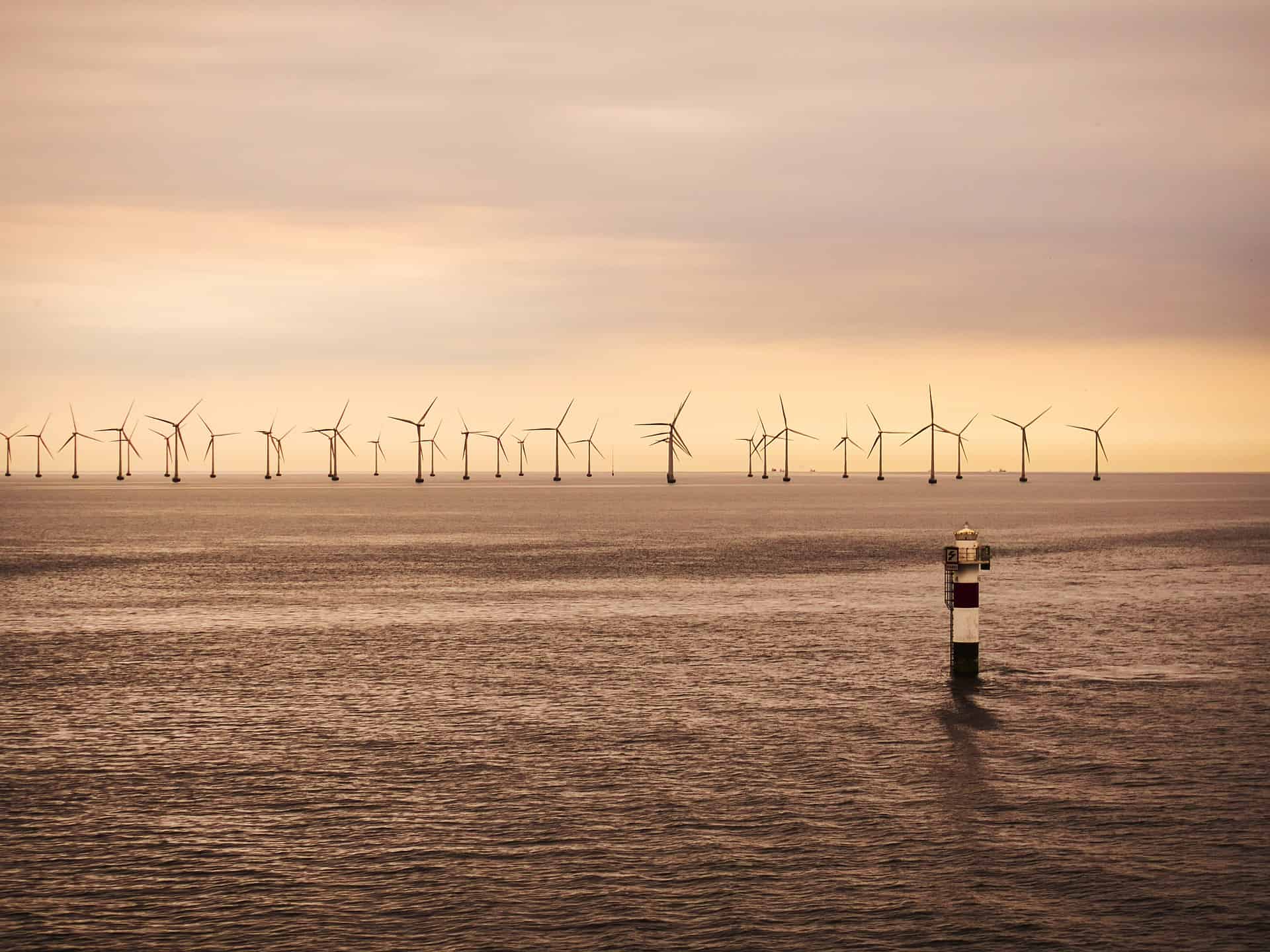
Moving from a ship on the high seas to a wind turbine or any other offshore rig is often a challenge, to say the least. The ship moves in all directions because of the waves. And the passenger pods that are transferred by crane are like a toy tossed in the wind. Dutch inventor Jan van der Tempel has developed a solution to this problem. This gangway, which resembles a passenger boarding bridge (PBB) for airplanes, is able to offset all the movements of a ship. This makes transferring for offshore personnel safer and faster. For his invention, Van der Tempel has now been nominated for the prestigious European Inventor Award 2021 from the European Patent Office (EPO) in the Industry category.
The Dutch engineer developed his invention at the Delft University of Technology (The Netherlands). His university spin-off grew into the company Ampelmann, which leases this access system and associated services all over the world. Including the personnel who take care of the operation of it.
“Van der Tempel has not only developed innovative technical solutions for the offshore industry. He has also improved safety for the people working in this sector, boosted efficiency and reduced costs for operators,” said EPO President António Campinos, during today’s announcement of the nominees for the European Inventor Award 2021. “The patent system supports inventors like Jan van der Tempel. Thanks to the combination of technical innovation with effective legal protection, his company has grown into a world leader in the offshore transfer sector.”
Reinventing offshore access
Van der Tempel, who also trained as an engineer in ‘Offshore Wind’, came up with the concept for his stable gangway system in 2002 during an offshore wind conference in Berlin. He named it after the stoplight man from the former GDR: Der Ampelmann. The system can be compared with an aircraft simulator platform. ”We have a similar kind of platform. Only it works exactly the other way around. The platform is stationary and the cylinders underneath move with the ship,” van der Tempel explains. A gangway is mounted on the platform. This in turn can be compared to the gangway that connects an airplane to the gate. Employees can walk to work. It also means that cargo can easily be transferred. Even in heavy weather.

A motion sensor the size of a shoebox was installed on the ship which is connected to a powerful computer system. Data on the ship’s movements are transmitted to the control system of a platform structure. Six hydraulic cylinders compensate for the ship’s movements by independently extending or retracting. By doing so, the walkway remains stationary and as such, provides a safe and stable connection to the offshore structure. “We assemble the installation on the ship and supply the personnel who operate the system. We are actually a kind of standby crew,” jokes van der Tempel. “Hence the association with the ‘Ampelmann’; the little man in the traffic light for pedestrians.”
Cheaper, faster and safer
The footbridge operates at wind speeds of up to 60 km per hour and waves of up to 4 meters high. This means fewer cancellations due to bad weather. Also, this invention reduces the need for expensive and potentially risky helicopter transfers. Those types of flights also require employees to undergo specialized safety training. What’s more, the system provides a backup for each part. In the event of a failure, the system continues to operate for one minute before shutting down. This gives personnel enough time to get themselves to safety.

Initially, Van der Tempel only intended to develop the technology and then find a company to build and use the system. When that didn’t work out, he eventually decided to start his own company via the Delft University of Technology. Ampelmann Operations was founded in 2007. In just under a decade, the company grew to become a major global player in the offshore access market.
Given that much of the development took place at TU Delft, scaling up the invention required only a relatively modest amount of capital outlay. “Ampelmann managed to generate its own cash flow almost immediately, so the company grew rapidly and doubled in size every year during the first six years,” says van der Tempel. His company has since built more than 65 offshore access systems around the world.
Public vote
The winners of the EPO Innovation Award will be announced on June 17 at 7 p.m. in a public digital ceremony that will be seen around the world. The public can vote for their favorite nominee.
Also interesting: Energy islands in the North Sea: good news for the climate and an opportunity for Dutch entrepreneurs








